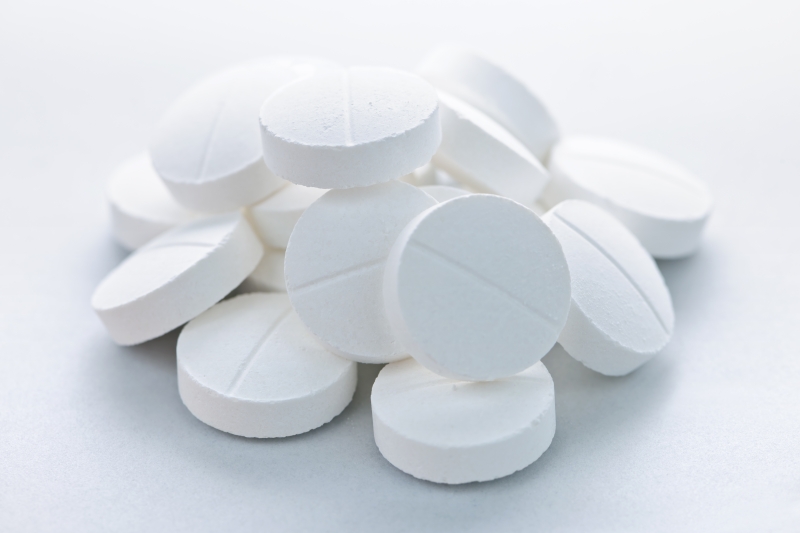The journey from the initial idea for a medical drug to it being used to treat illnesses is a long and complicated one. Because drugs alter the body’s chemistry, there needs to be extensive testing, research and development before a drug even reaches the stage of human trials. What follows, should the drug be successful in the early stages of development, is further testing on humans by researchers and, lastly, the relevant authority in charge of handing out licenses. Each country has their own administration for overseeing these licences. 
Stages to a drug’s development
Every year, scientists strive to make progress in understanding how the human body works and the processes driving illness and disease. When new insight is made, this gives researchers developing drugs new opportunities to try certain chemical compositions that may replicate these newly discovered processes. From the inception of an idea for a drug, it will then be tested on cultures to find out whether the predicted effects actually materialise. Initial test that are successful can then be administered to animals that are affected by the target illness to see if the drug has the desired effects. A successful research and development programme will eventually lead to the testing of drugs on humans, which involves the most in-depth testing criteria. At this stage, researchers will be looking at dosage levels, side-effects and how the drug stands up against a placebo. Lastly, humans affected by the target illness will be tested before the drug is sent for licensing.
Licensing a product
For a drug to be licensed, it needs to be approved by the country it is to be sold in. In the UK, this license is called a “marketing authorisation.” Also, at every stage of the development process, there needs to be licences to carry out certain tests. For example, a “clinical trial authorisation” is required for a newly developed drug to be tested on humans.